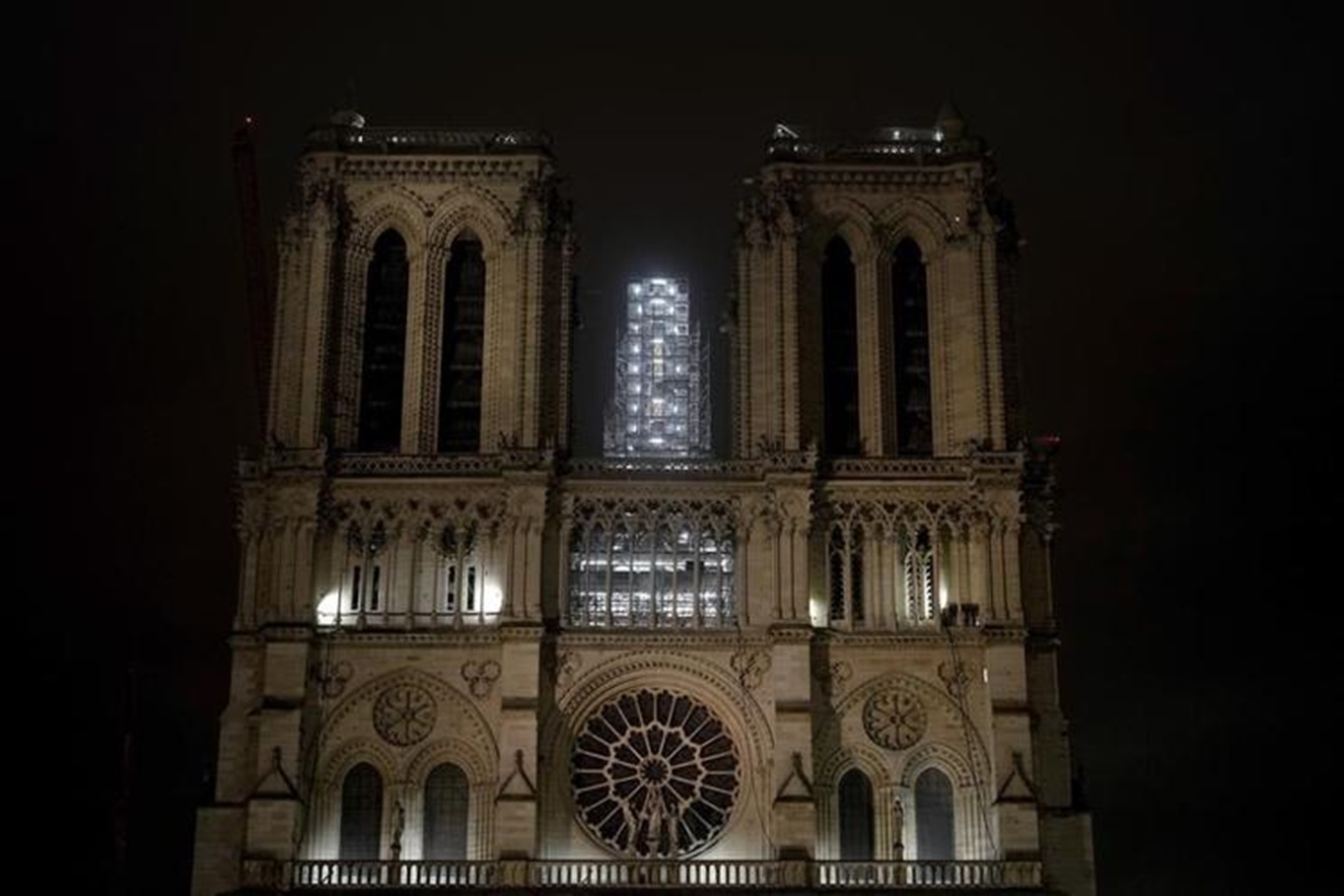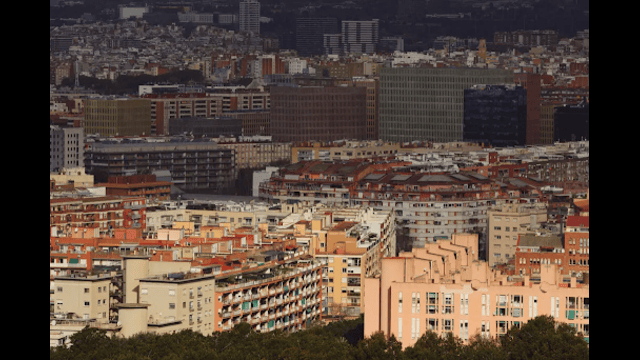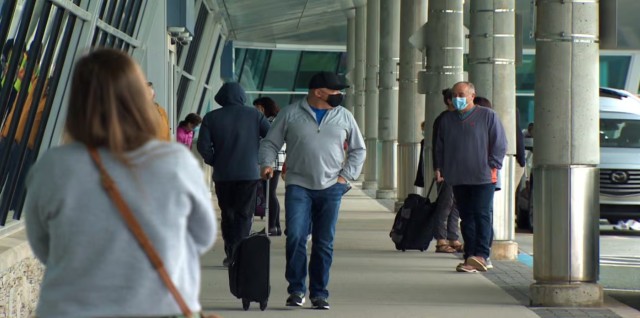
Iconic spire of Notre-Dame de Paris cathedral captured in scaffolding embrace on Tuesday, Dec 5, 2023, in Paris. A major milestone for Parisians, on Friday, Dec 8, 2023: the cathedral swings open its grand doors to welcome the public after a year of restoration. (AP Photo/ Thibault Campus)
In 2019, when fire engulfed Notre Dame, those connected to the iconic Parisian landmark felt a profound loss. As the much-anticipated reopening of the cathedral approaches, slated for December 8, 2024, the individuals who consider Notre Dame their home are eager to see its restored stonework and expansive interiors come back to life.
The pivotal moment in the restoration journey is marked by a one-year countdown, with French President Emmanuel Macron scheduled to visit the construction site. The site, enclosed by fencing, is a hive of activity where skilled artisans, including stonemasons and carpenters, are diligently working to meet the ambitious 12-month deadline.
Upon completion, the responsibility will shift from the artisans to Notre Dame's priests, employees, chorists, and worshippers. Through prayers, songs, and devotion, they aim to revive the cathedral, pushing aside the lingering pain caused by the devastating fire on April 15, 2019.
While Notre Dame may not be the largest or most aesthetically stunning cathedral, according to Reverend Olivier Ribadeau Dumas, its rector, it holds a special place as the embodiment of a nation's soul. He sees the preparations for the reopening as a remarkable symbol of hope in a challenging world.
Henri Chalet, the principal choir conductor, expresses a mix of anticipation and patience. Recognizing the closure as a mere blip in the 850-year history of Notre Dame, he acknowledges the difficulty of waiting five years within a human lifetime, especially considering the unfortunate timing of the closure.
The reconstruction progress has been noteworthy, with massive oak beams, crafted using medieval carpentry techniques, lifting the cathedral's roof skyward. The spire, which now points towards the heavens once again, has been meticulously reconstructed behind substantial scaffolding.
During Macron's visit, homage will be paid to General Jean-Louis Georgelin, who led the restoration efforts before his passing in August. By the time the Summer Games commence in July, the rebuilt spire and roof are expected to present a finished exterior to the millions of Olympic visitors descending upon Paris.
While exterior work concludes, the focus will shift to the cathedral's interior. Tasks in the final months include tuning the grand organ, an 8,000-pipe marvel and France's largest musical instrument, which survived the fire but required meticulous cleaning and reassembly. Renovations will persist even after the official reopening.
Simultaneously, Notre Dame's workforce is being gradually restored. A hiring initiative in the coming year aims to increase the number of full-time employees to nearly 50, preparing for the expected influx of 15 million annual visitors and worshippers.
Adrielle Domerg, a chorist who joined Notre Dame's choirs at the age of 10 and is now 17, describes the cathedral as almost a person to her. Reflecting on the multitude of people, dreams, and prayers that birthed Notre Dame, she expresses the impending reopening as an emotional awakening, pulling the cathedral out of the shadows and into a new chapter of its storied existence.















